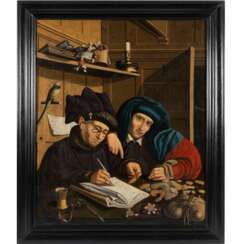painting for the interior
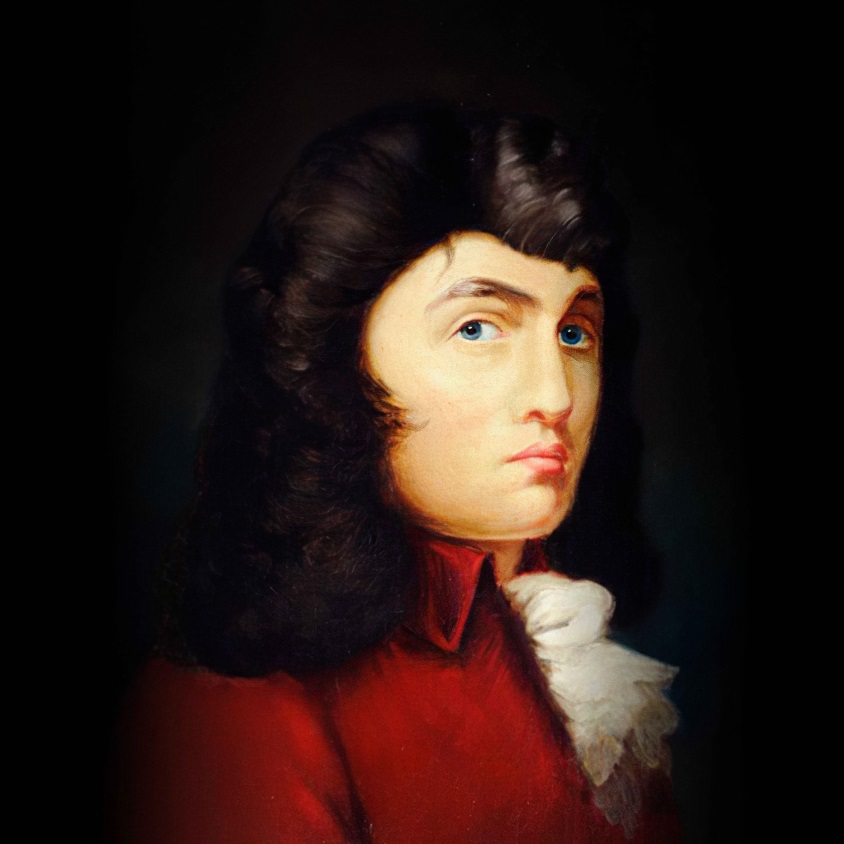
Thomas Chippendale was a cabinet-maker in London, designing furniture in the mid-Georgian, English Rococo, and Neoclassical styles. In 1754 he published a book of his designs in a trade catalogue titled The Gentleman and Cabinet Maker's Director — the most important collection of furniture designs published in England to that point which created a mass market for furniture—upon which success he became renowned. According to the Victoria and Albert Museum, «so influential were his designs, in Britain and throughout Europe and America, that "Chippendale" became a shorthand description for any furniture similar to his Director designs».
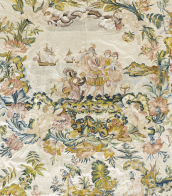

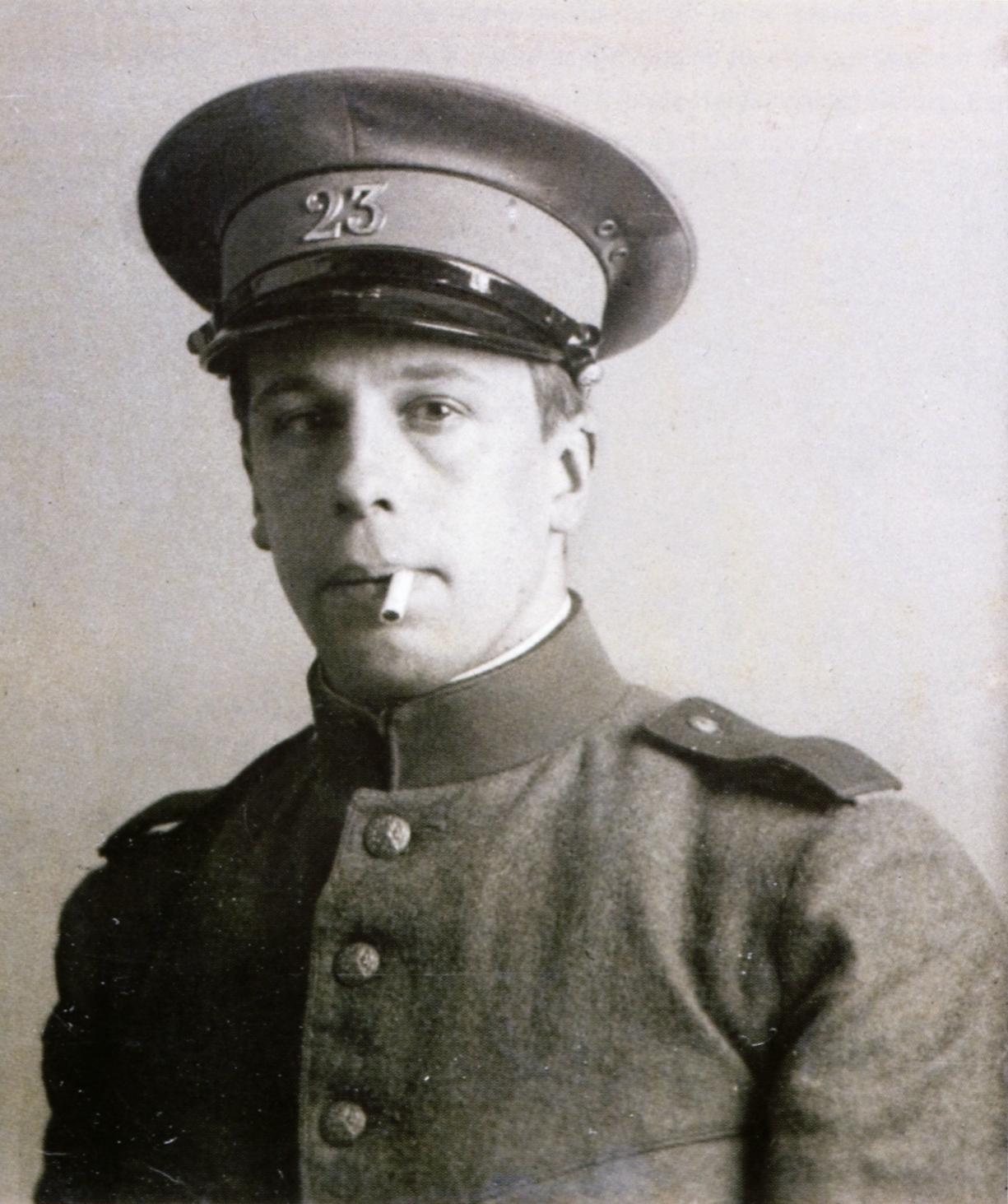
Theo van Doesburg, real name Christian Emil Marie Küpper, is a Dutch painter, architect and sculptor, art theorist, co-founder of the Style Group and of Neoplasticism.
Theo van Doesburg co-founded with Piet Mondrian the De Stijl abstract art movement. The basis of van Doesburg's views was the attempt to reduce all forms of objective harmony in a work of art to certain geometric elements. These new principles soon had a significant influence on the development of architecture, literature, graphics and music.

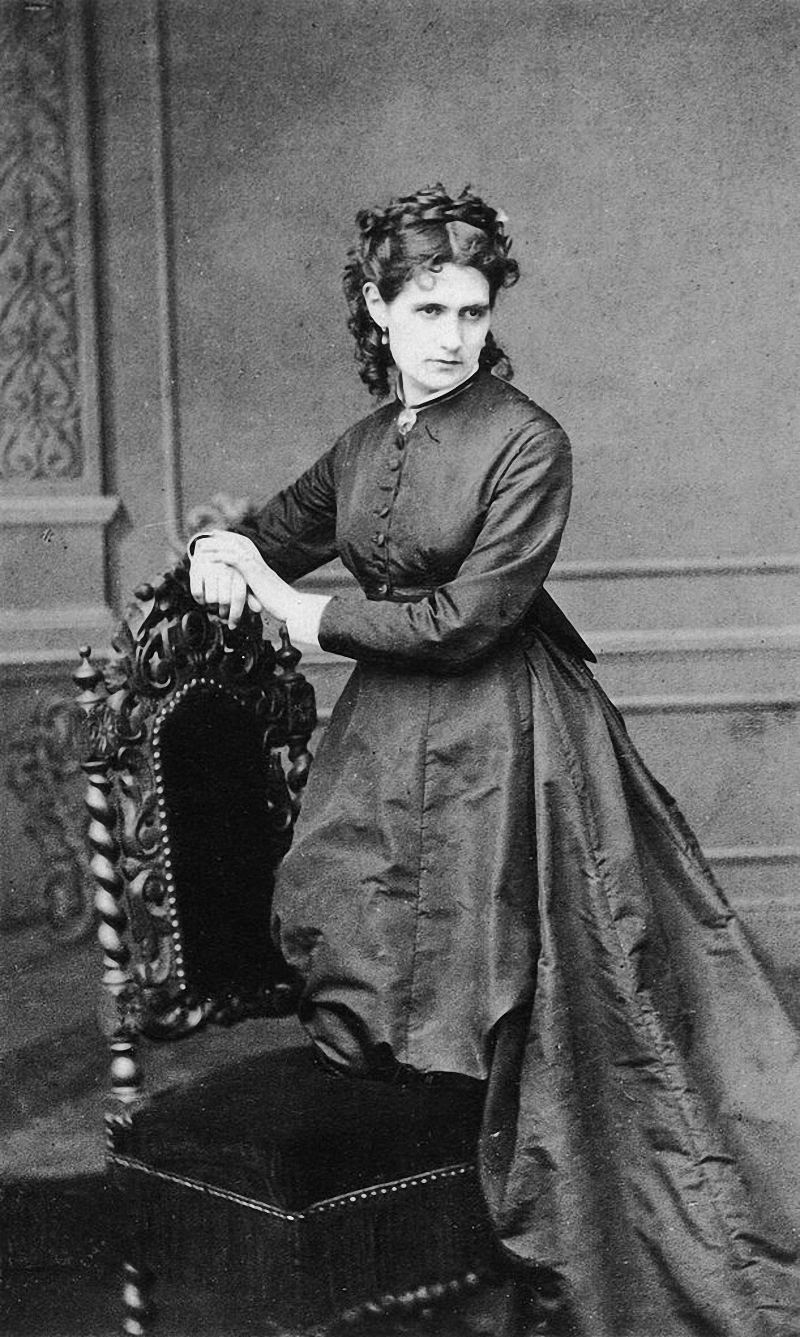
Berthe Morisot was a French painter, renowned for her pivotal role in the Impressionist movement. Born into an affluent family in 1841, Morisot's upbringing was steeped in culture, and she received a comprehensive art education alongside her sisters. Despite societal constraints, she pursued a career in art, initially exhibiting at Paris' salons before transitioning to the more avant-garde Impressionist exhibitions.
Berthe Morisot's artistry is characterized by a unique blend of color, light, and texture, embodying a distinctly "feminine" style that garnered admiration from her peers and critics alike. Her works, such as "The Cradle" and "Hanging the Laundry out to Dry," showcase her ability to capture the ephemeral qualities of everyday life with a tender and nuanced touch. Morisot's palette, dominated by pastel tones and an interplay of light, lends her paintings an ethereal quality, while her brushwork reflects a freedom and delicacy that became her signature.
Throughout her career, Berthe Morisot's evolving style reflected broader artistic trends, integrating influences from photography and Japanese prints. Yet, she remained faithful to the Impressionist ethos, capturing the transient moments of life with grace and sensitivity. Today, her works are celebrated in museums like the Musée d'Orsay, testament to her enduring influence in the realm of art and culture.
As we remember Berthe Morisot, her legacy continues to inspire art collectors and enthusiasts, reminding us of the profound impact one individual can have on the course of art history. For those captivated by Berthe Morisot's contribution to art and culture, we invite you to sign up for updates on upcoming sales and auction events featuring her works. Join us in celebrating the timeless beauty and historical significance of Morisot's artistry.


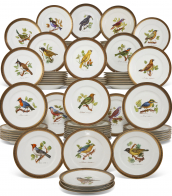

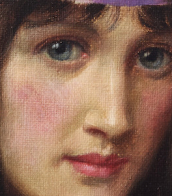
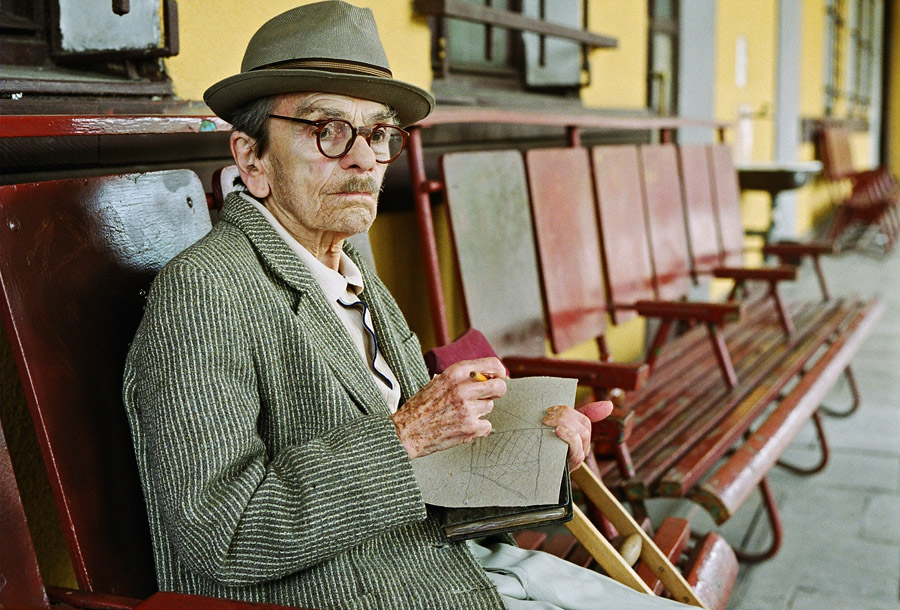
Nikifor Krynicki, born as Epifaniy Drovnyak, was a Lemko naïve painter. Nikifor painted over 40,000 pictures – on sheets of paper, pages of notebooks, cigarette cartons, and even on scraps of paper glued together. The topics of his art include self-portraits and panoramas of Krynica, with its spas and Orthodox and Catholic churches. Underestimated for most of his life, in his late days he became famous as a naïve painter.
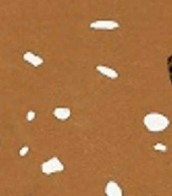
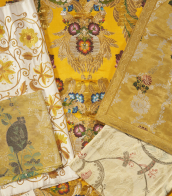
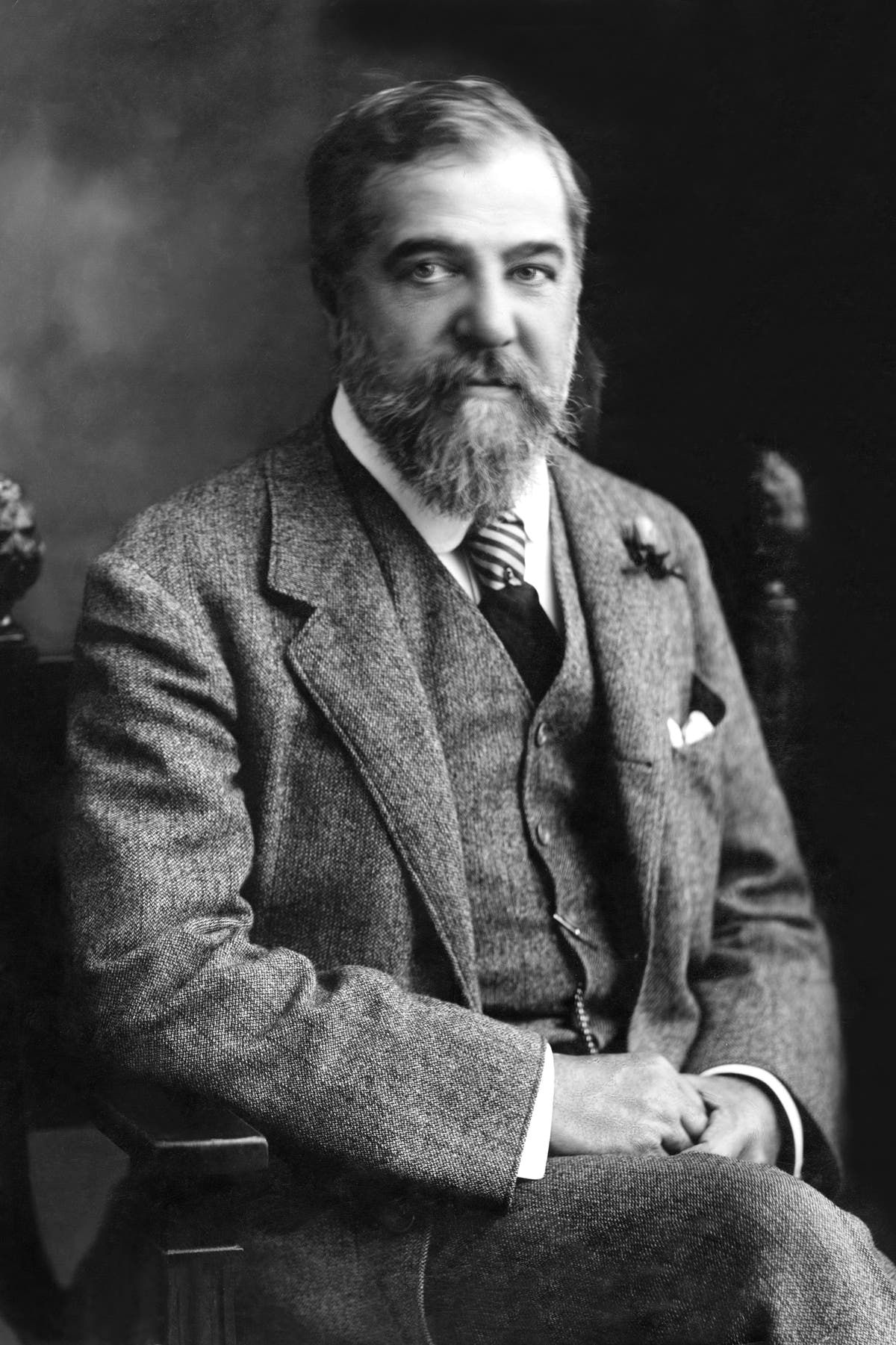
Louis Comfort Tiffany, an American artist, is revered for his significant contributions to the Art Nouveau movement and for revolutionizing the art of glassmaking. As the son of the founder of Tiffany & Co., Charles Lewis Tiffany, Louis was predisposed to a life surrounded by opulence and artistry. His early years were marked by training under prominent painters and a comprehensive education in the arts, which included a stint at the National Academy of Design in New York.
Louis Comfort Tiffany's foray into the world of stained glass was not merely an extension of his artistic pursuits but a manifestation of his relentless quest for innovation and beauty. His early work with stained glass utilized materials with mineral impurities, lending his pieces a distinct quality that set them apart from the conventional. His dedication led to the opening of his own glass factory in Corona, New York, where he developed and patented the "copper foil" technique. This method, contrasting sharply with the traditional lead came technique, allowed for greater detail and complexity in his stained glass creations.
Louis Comfort Tiffany's contributions weren't limited to stained glass; his ventures into lighting and lamps in 1898 brought about iconic designs that combined functionality with aesthetic beauty. His lamp designs, characterized by their unique selection of glass and organic forms, are celebrated for their intricate detail and artistry. Tiffany's work also extended to mosaics, enamelwork, pottery, and jewelry, showcasing his versatility and innovative spirit across multiple mediums.
Perhaps one of Louis Comfort Tiffany's most majestic installations is the Mosaic Curtain at the Palacio de Bellas Artes in Mexico City. Commissioned for its exceptional craftsmanship, the curtain is a testament to Tiffany's mastery over glass, reflecting his ability to blend artistic vision with technical prowess. This monumental piece, composed of nearly one million pieces of favrile glass, illustrates a vibrant landscape that comes to life under changing light conditions, embodying the essence of Art Nouveau's fascination with nature and innovation.
Louis Comfort Tiffany's legacy is a rich tapestry of artistic achievement that has left an indelible mark on the worlds of art and design. His work, characterized by a deep appreciation for the natural world and a pioneering approach to materials and techniques, continues to inspire and captivate collectors and art enthusiasts around the globe.
For those interested in exploring the depth and beauty of Tiffany's creations, staying updated on new discoveries, exhibitions, and auction events related to his work is essential. Signing up for updates ensures that enthusiasts and collectors are always informed about opportunities to engage with the magnificent legacy of Louis Comfort Tiffany.

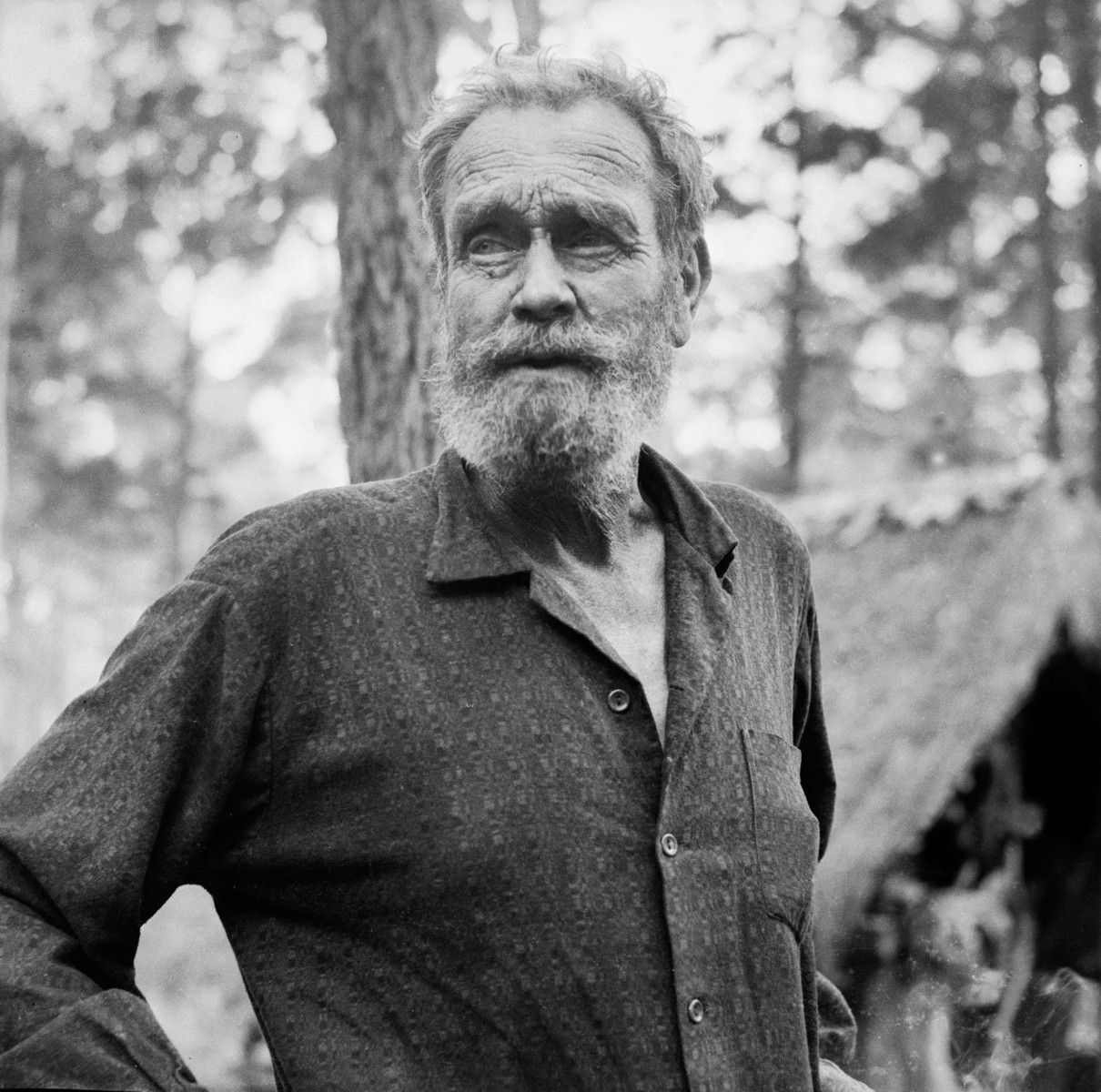
Ian Fairweather was a Scottish painter resident in Australia for much of his life. He combined western and Asian influences in his work.
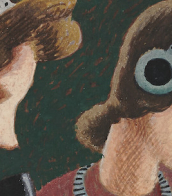
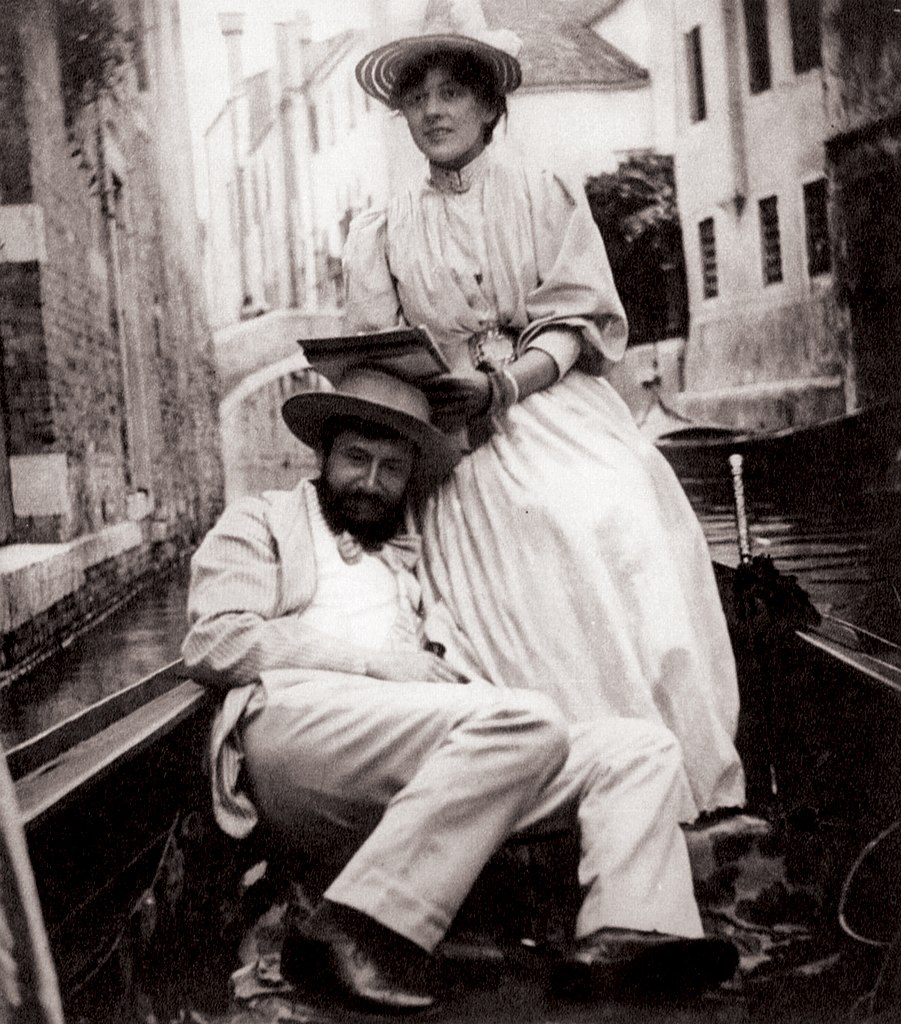
Jean-Louis Forain was a French painter, graphic artist and book illustrator.
Jean-Louis Forain began his career as a cartoonist. He worked for several Parisian magazines including Le Monde Parisien and Le rire satirique. Later studied at the École des Beaux-Arts with Jean-Baptiste Carpeaux and Jean-Léon Gérôme. He was friends with Paul Verlaine, Arthur Rimbaud, Claude Monet, Edouard Manet and Edgar Degas.
Jean-Louis Forain is best known for his keen observations on Parisian society, especially its social and political scenes. His subjects were often cabarets, theatres, cafés and the bustling streets of Paris. He depicted life of the working class, the bourgeoisie and the upper class with a satirical and critical eye.
Forain's artistic style was characterised by bold brushwork, strong use of line and a limited colour palette. His works often depicted scenes with dynamic movement, conveying the energy and atmosphere of the moment. His paintings were often theatrical in character, reflecting his interest in the world of entertainment.

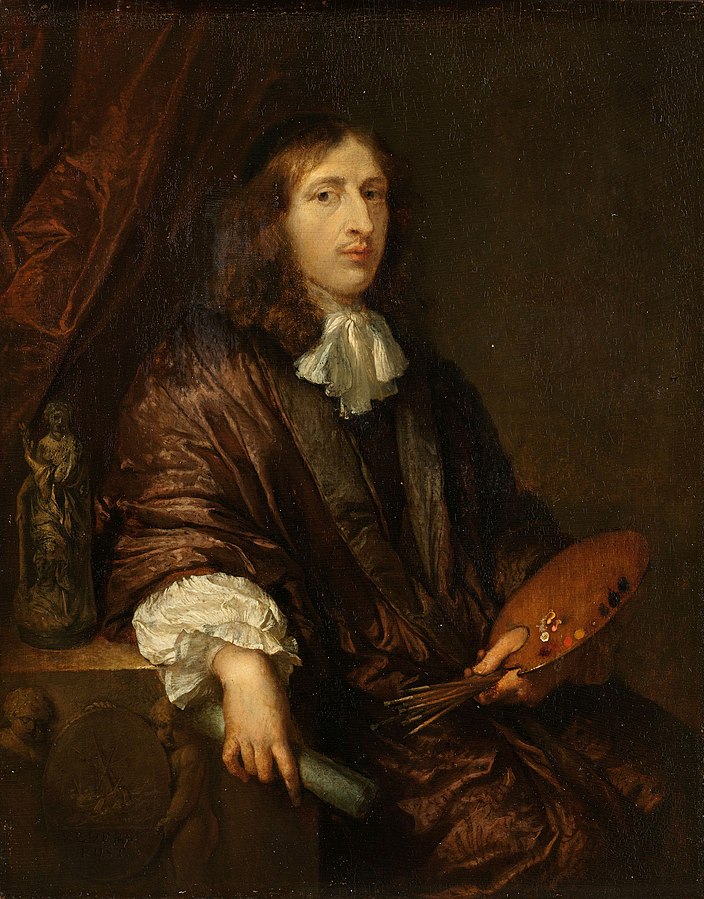
Caspar Netscher was a Dutch painter of the Golden Age of Dutch painting, known for his portraits. Netscher chose subjects from the life of the Dutch elegant and wealthy class; he painted many small portraits - mostly of women; some of them historical. After spending some time in Paris, he painted several persons belonging to the court of Louis XIV. In addition to the above-mentioned usual subjects, he depicted sometimes historical and biblical scenes.
Caspar Netscher's paintings were kept in many art galleries: in the Louvre, Amsterdam, Florence, in several private collections in England and in many other places. In the Hermitage at the beginning of the 20th century there were six of his paintings, including a portrait of the artist himself and a portrait of Mary Stuart, painted in 1683; today only two works have survived.

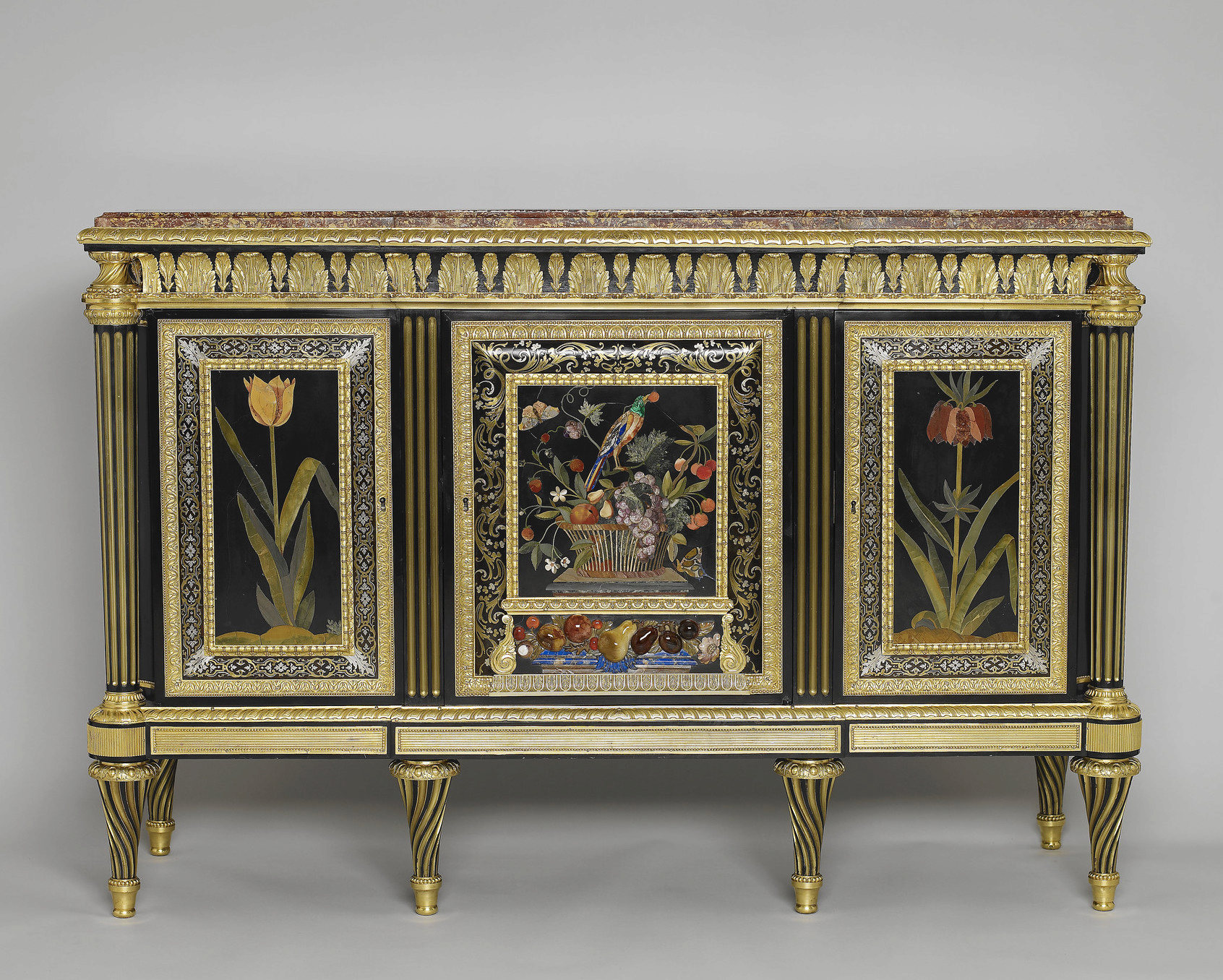
Adam Weisweiler was a distinguished French cabinetmaker, renowned for his exceptional creations that resonated deeply with the culture and art of his time. Originating from Germany, Weisweiler moved to Paris, where he became an emblematic figure in the realm of fine furniture making during the late 18th century. His specialization in crafting exquisite pieces, often adorned with intricate marquetry and mounted with elegant bronzes, set new standards in the world of decorative arts.
Weisweiler's work is celebrated for its refined elegance and the harmonious blend of functionality with aesthetic appeal. His ability to incorporate elements of sculpture and painting into his furniture designs elevated the pieces from mere objects of utility to cherished works of art. The meticulous attention to detail and the innovative use of materials like ebony and mahogany, coupled with his mastery over the classical motifs, made his creations highly sought after by the aristocracy and collectors alike.
Several of Adam Weisweiler's masterpieces find their homes in prestigious museums and galleries around the world, serving as testaments to his enduring legacy in the art and antiques sphere. His contributions to the field have not only enriched the cultural heritage of France but have also left an indelible mark on the global appreciation of fine antique furniture.
For collectors and experts in art and antiques, Adam Weisweiler's work represents the pinnacle of craftsmanship and artistic vision. His creations continue to inspire and captivate, embodying the quintessence of French decorative arts. To stay informed about new product sales and auction events related to Adam Weisweiler, we invite you to sign up for updates. This subscription ensures you are always in the know, without any unwelcome intrusions, focusing solely on opportunities to acquire pieces linked to this illustrious artist's legacy.

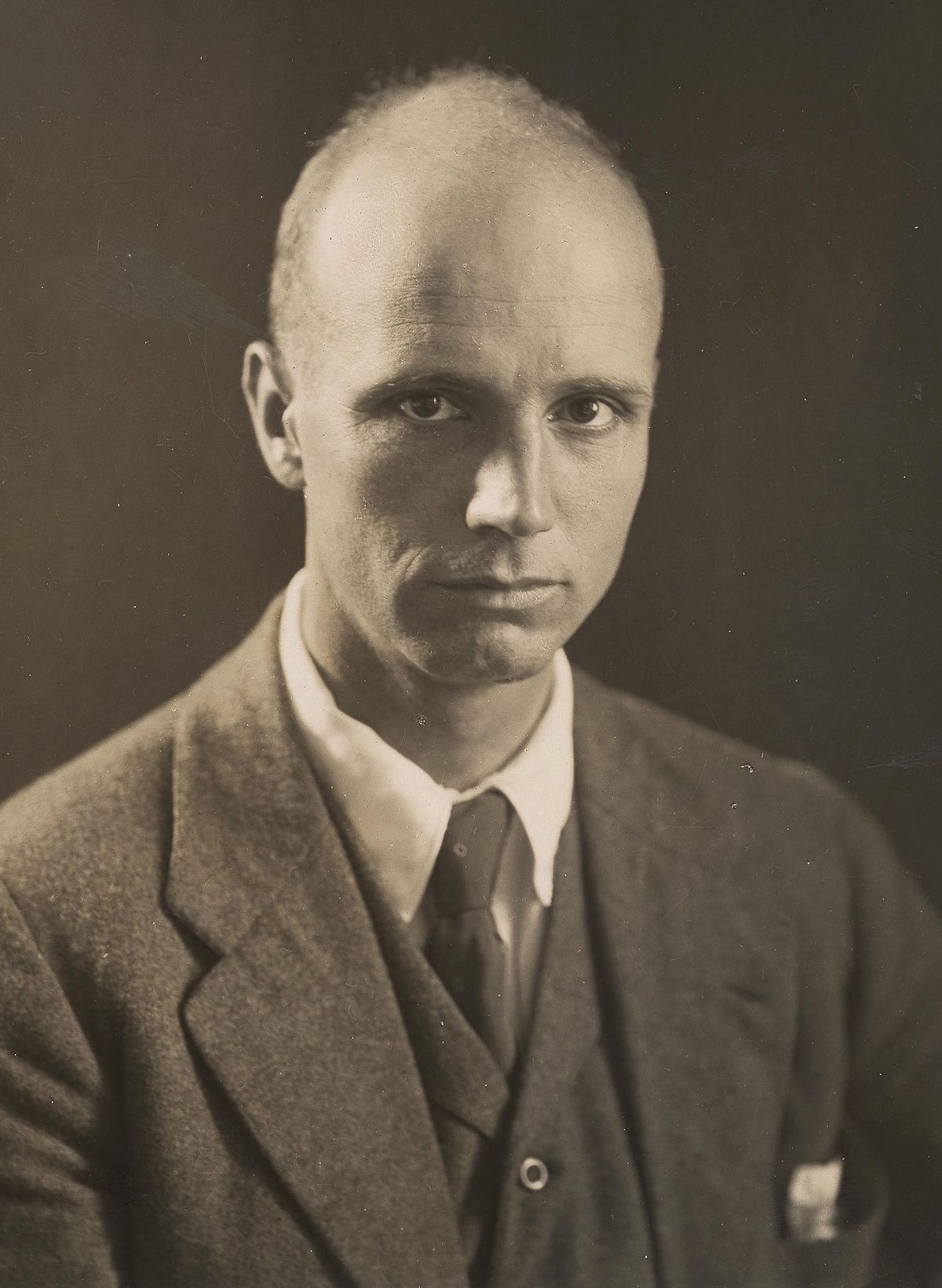
Rockwell Kent is an American artist, illustrator, and writer. He was born and raised in New York City and began his art career in the early 1920s.
Kent worked in a variety of genres and styles, including realism, expressionism, and cubism. Kent became known for his book illustrations as well as his paintings and prints. His work was frequently published in Harper's Weekly, The New York Times, and Vanity Fair magazines and newspapers.
He also illustrated many books, including famous works by Ernest Hemingway and Herman Melville. Kent was also an activist and political activist. He was an advocate of socialist ideals and participated in political movements. In addition, he was a traveler and explorer, having made several trips to Alaska and other far northern territories.
Kent was also a writer and author of several books, including the autobiographical novel It's Me, O Lord! and a book about his travels. Kent's style was recognizable and original, and he was known for his powerful compositions, bright colors, and pronounced contours. His work remained popular even after his death in 1971, and many can be seen in museums and art galleries around the world.

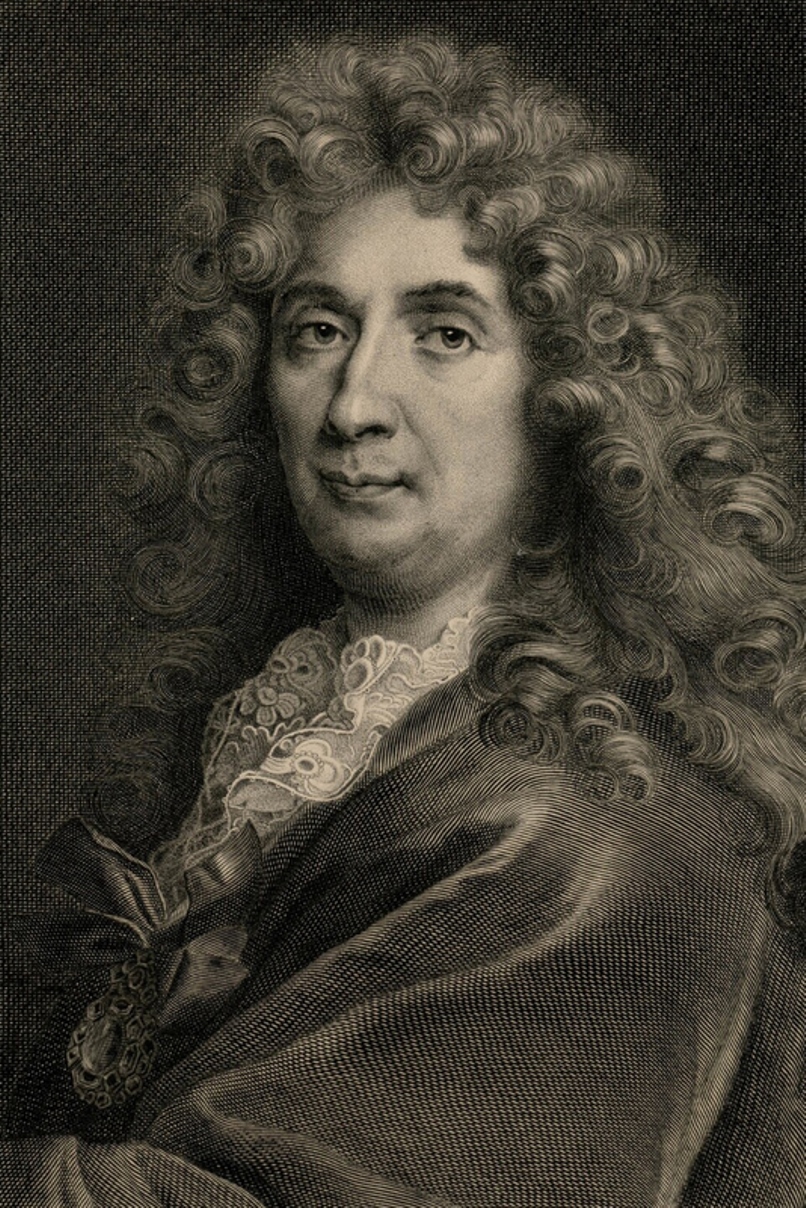
Charles Le Brun was a French painter, draftsman and chief decorator of the Palace of Versailles.
Charles came from an educated and respected family, trained in painting in Italy and very soon his talents were appreciated in the highest circles of France. In 1660 Le Brun painted "The Family of Darius before Alexander", which brought him the reputation of a brilliant French painter, and in 1664 he received the position of the first painter of the king. Thereafter he received more and more commissions and more honors.
From 1662 Le Brun controlled all the artistic projects of the royal court. In the Palace of Versailles, Lebrun created beautiful decorations: the Ambassadors' Staircase, the Hall of Mirrors, the Peace Room and the War Room. In each of his designs, he emphasized the king's achievements. He was also responsible for the decoration of the State Apartments, which was entrusted to the greatest artists of the time, who worked from his drawings. Le Brun also designed most of the statues in the park at Versailles. This enormous work cemented his reputation as a true seventeenth-century genius, as well as one of the founders, ideologues, and chief representatives of the classicist "grand style" of King Louis XIV's era.
In 1648 Le Brun became a founding member of the Royal Academy of Painting and Sculpture, and in 1663 - the manager of the Manufacture of tapestries.
Charles Le Brun was not only the creator of the "grand style", but also contributed to the rebirth of classicism into academism.

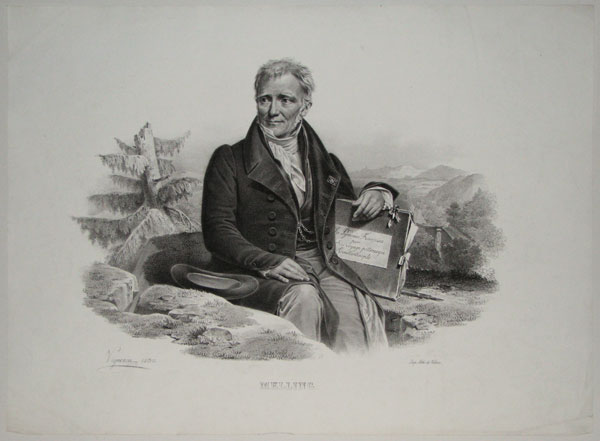

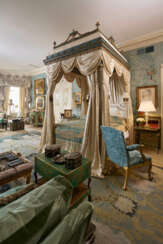



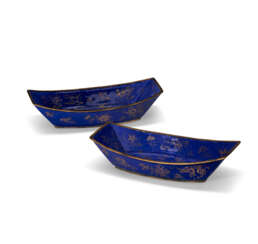

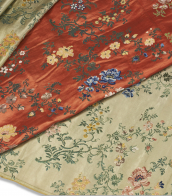


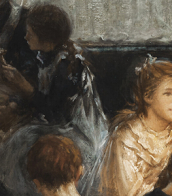
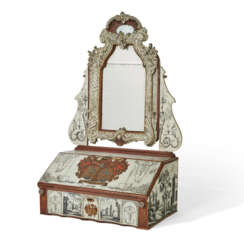

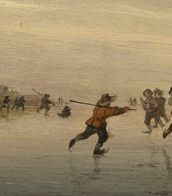






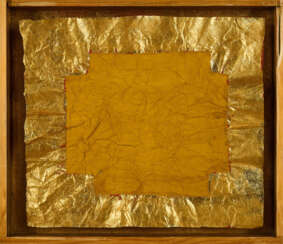

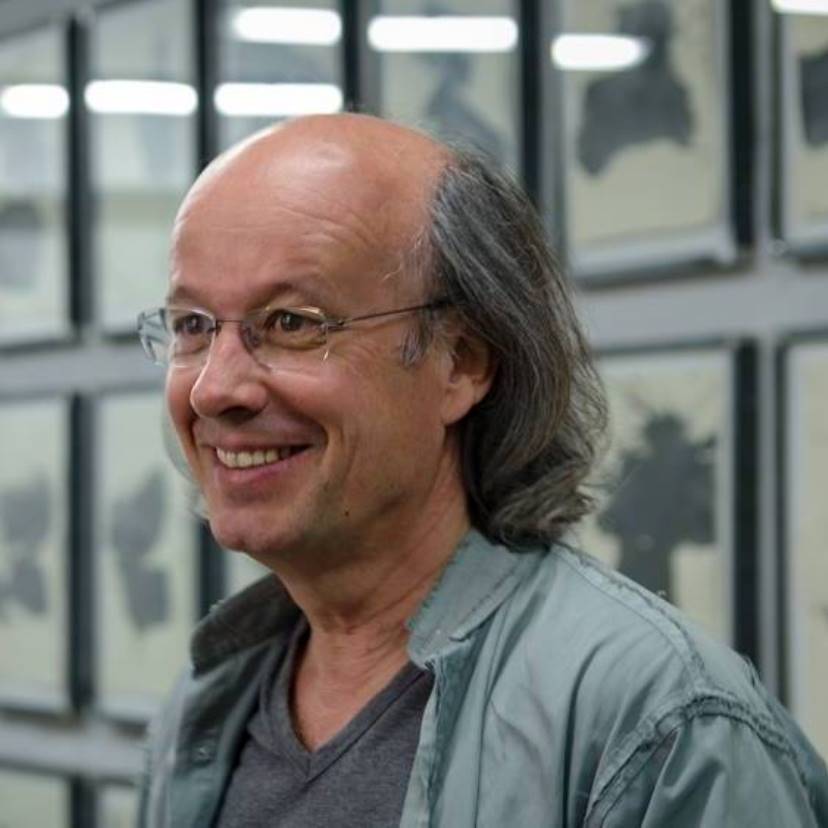

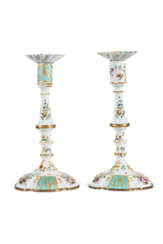

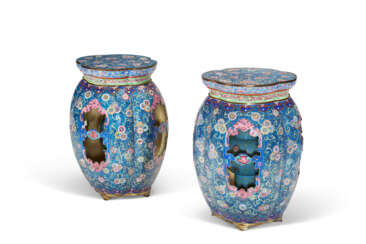



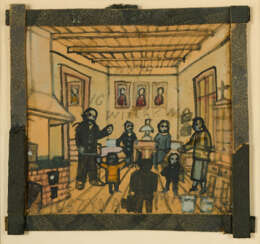

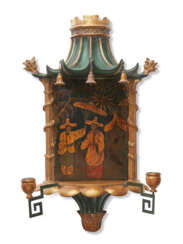

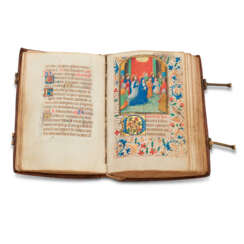


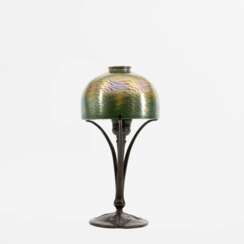







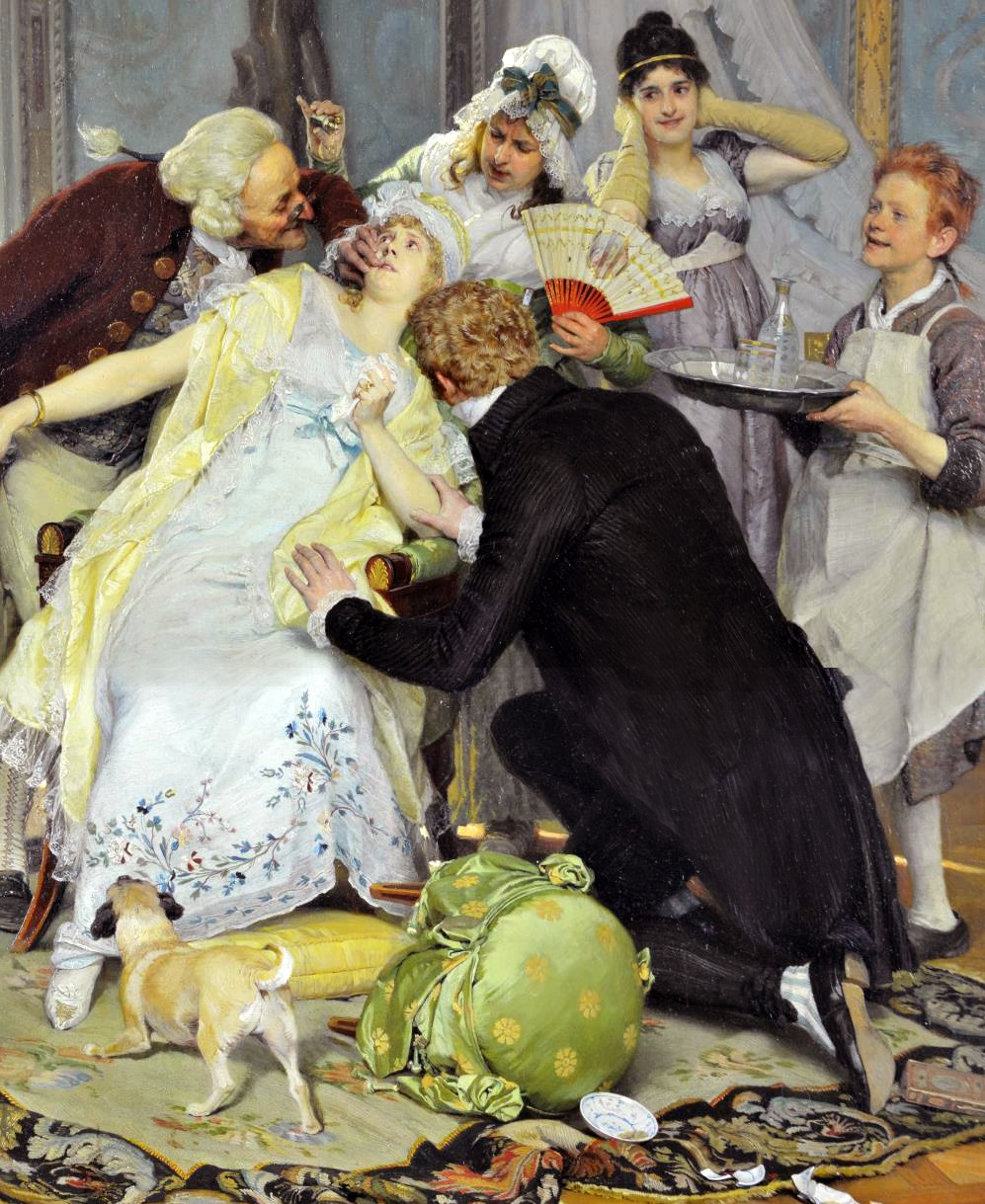

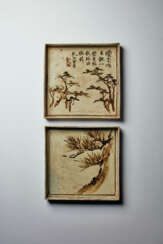

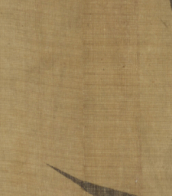
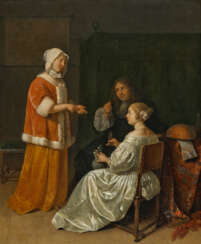



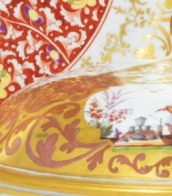


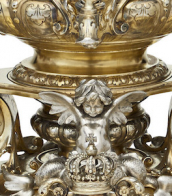




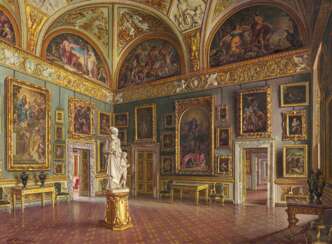


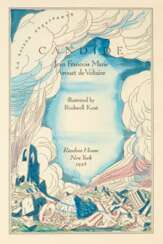

![Charles Le Brun | Grand escalier du chateau de Versailles. Paris, [1725], from the library of the Duchesse de Berry](/assets/image/picture_3553008/ec9f0/uetj65gqqo2ruc9jwwadbwuz3io4pimo93nkrxgxopcbddyau3e7vp6zhjxxem1699092113jpg__fix_374_244.jpeg)
![Charles Le Brun | Grand escalier du chateau de Versailles. Paris, [1725], from the library of the Duchesse de Berry](https://veryimportantlot.com/assets/image/picture_3553008/ec9f0/uetj65gqqo2ruc9jwwadbwuz3io4pimo93nkrxgxopcbddyau3e7vp6zhjxxem1699092113jpg__fix_374_244.jpeg)


